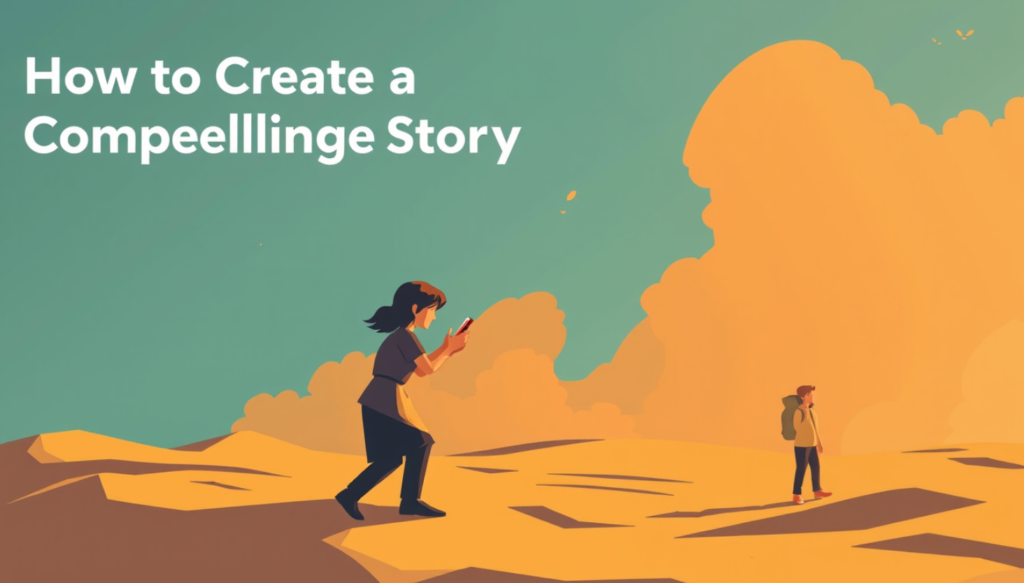Sequencestory.store: The Ultimate Guide to Story Sequencing
Welcome to sequencestory.store, your ultimate destination for mastering the art of sequencing and storytelling! If you’ve ever been captivated by a well-crafted narrative that effortlessly draws you in and keeps you hooked until the very last word, then you already understand the power of a compelling story sequence. Whether you’re an aspiring writer looking to enhance your craft or a seasoned storyteller seeking fresh inspiration, this guide will equip you with invaluable insights, tools, and techniques to elevate your storytelling game. Get ready to unlock the secrets behind creating stories that leave a lasting impact on your audience – let’s dive in!
The Importance of Sequencing in Storytelling

Creating a Cohesive Narrative Flow
Sequencing is the backbone of storytelling, acting as the roadmap that guides your audience through the narrative journey. Just like a well-organized itinerary for a trip, a carefully crafted sequence ensures that readers or viewers follow a logical progression from one plot point to the next. This coherence helps to maintain engagement and keeps the audience invested in the unfolding story.
Building Anticipation and Suspense
Effective sequencing builds anticipation by strategically placing key plot points and revelations. Imagine a suspenseful scene in a thriller where the story gradually reveals crucial information. The careful placement of these moments keeps readers or viewers on edge, eagerly awaiting what happens next.
Setting the Pace and Revealing Information
The pace of your story, influenced by sequencing, determines how quickly or slowly information is revealed. A well-paced narrative balances fast-paced action with slower, introspective moments, creating a rhythm that keeps the audience hooked. It’s about knowing when to accelerate the action and when to pause for reflection.
How to Create a Compelling Story Sequence

Establishing a Strong Beginning
The beginning of your story is crucial; it’s your chance to hook the audience from the start. Introduce your characters, set the scene, and present a compelling premise that grabs attention. Think of it as the opening lines of a great conversation – it needs to be engaging and intriguing.
Ensuring Smooth Transitions
Transitions between scenes or chapters should be seamless to maintain narrative flow. Sudden or jarring changes can disrupt the reader’s immersion. Smooth transitions guide the audience through the story, making sure each segment flows naturally into the next.
Playing with Structure and Chronology
Experimenting with structure, such as using flashbacks or foreshadowing, can add depth and intrigue to your story. For example, revealing a character’s past through flashbacks can enrich their backstory and add layers to the narrative.
Crafting a Memorable Ending
The ending of your story is where everything comes together. It should provide resolution while leaving some room for interpretation. A well-crafted ending ties up loose ends and delivers a satisfying conclusion, ensuring that your story resonates with the audience long after they’ve finished.
Tools and Techniques for Effective Sequencing

Utilizing Storyboards and Timelines
Creating a storyboard or timeline is like laying out a map for your story. It visually represents the sequence of events, helping you to see how each scene connects. This tool is invaluable for ensuring a logical progression and identifying any gaps in the narrative.
Controlling Pacing and Building Tension
Pacing is a critical element of storytelling. By strategically controlling the speed at which information is revealed, you can build tension and maintain interest. For instance, slowing down a crucial scene can enhance its emotional impact.
Employing Transitional Elements
Transitional elements such as flashbacks, foreshadowing, or parallel storylines can add complexity to your narrative. These techniques help to weave together different parts of your story, enriching the overall experience for the audience.
Incorporating Symbolism and Motifs
Symbolism and motifs can create a cohesive narrative by linking different elements of your story. Recurrent symbols or themes provide deeper meaning and enhance thematic resonance, making your story more impactful.
Experimenting with Non-linear Storytelling
Non-linear storytelling, such as starting in media res or using multiple perspectives, can engage readers by offering fresh viewpoints. This approach can make familiar narratives feel new and exciting, keeping the audience intrigued.
Examples of Successful Story Sequences

Iconic Scenes and Plot Twists
Consider the opening scene of “Up” or the plot twists in “The Sixth Sense.” These examples showcase how powerful sequencing can be in creating memorable and impactful stories. The careful arrangement of scenes and revelations keeps audiences captivated and emotionally invested.
Masterful Narrative Structures
Films like “Pulp Fiction” and “Memento” demonstrate how creative narrative structures can enhance storytelling. Tarantino’s nonlinear narrative and Nolan’s reverse chronology are prime examples of how structure can add complexity and intrigue.
Common Mistakes to Avoid in Sequencing

Information Overload and Backstory Issues
Avoid overwhelming your audience with excessive backstory or information at the start. This can hinder their connection to the story. Instead, introduce essential details gradually to maintain engagement.
Disruptive Transitions and Perspective Jumps
Frequent jumps in time or perspective without clear transitions can confuse readers. Maintain a coherent timeline and point of view to ensure a smooth narrative flow.
Rushing Through Important Moments
It’s tempting to rush through scenes to advance the plot, but this can undermine character development and emotional impact. Take the time to build tension and allow important moments to unfold naturally.
Predictable Plot Twists
Strive for originality in your plot twists to avoid predictability. Surprising your audience with unexpected turns keeps them engaged and invested in the outcome.
The Role of Emotions in Storytelling

Crafting Emotional Arcs
Emotions are central to storytelling. By crafting emotional arcs, you can create a powerful connection between your characters and the audience. Consider how you want your readers or viewers to feel at different stages of the narrative.
Eliciting Powerful Reactions
Effective storytelling evokes strong reactions from the audience, whether it’s joy, sadness, or fear. This emotional engagement makes your story more memorable and impactful.
How to Use Sequencestory.store for Your Next Project

Getting Started with Sequencestory.store
Sequencestory.store is designed to enhance your storytelling process. Sign up to access tools and templates that help you organize and plot your narrative effectively.
Organizing and Plotting Your Narrative
Utilize the platform’s features to map out your story sequence. With prompts and templates, you can ensure a coherent and engaging narrative flow.
Experimenting and Fine-Tuning Your Sequence
Sequencestory.store allows you to experiment with different sequences and fine-tune your pacing. This flexibility ensures that your story resonates with your audience.
Conclusion
In the world of storytelling, mastering the art of sequencing is crucial for captivating your audience and delivering a memorable narrative. Whether you are a writer, filmmaker, marketer, or content creator, understanding how to structure your story effectively can make all the difference in engaging your viewers or readers.
With tools like sequencestory.store at your disposal, you have access to valuable resources and techniques that can elevate your storytelling game to new heights. By utilizing these tools and following best practices in sequencing, you can create compelling narratives that resonate with your audience on a deeper level.
So next time you embark on a creative project that involves storytelling, remember the power of sequencing and how it can transform an ordinary story into an extraordinary one. Keep experimenting with different techniques, learn from successful examples, avoid common mistakes, and always strive to evoke emotions through your storytelling. With practice and dedication, you’ll soon become a master storyteller capable of crafting unforgettable narratives that leave a lasting impact on those who experience them.
FAQs
- What is the role of sequencing in storytelling? Sequencing is essential for guiding the audience through a narrative, building anticipation, and maintaining engagement. It ensures a coherent flow and helps in creating suspense and emotional impact.
- How can I improve the pacing of my story? To improve pacing, vary the speed at which information is revealed, balance fast-paced action with slower moments, and ensure smooth transitions between scenes.
- What tools can help with story sequencing? Tools like storyboards, timelines, and platforms like sequencestory.store can help you visualize and organize your story sequence effectively.
- What are some common mistakes to avoid in story sequencing? Common mistakes include information overload, disruptive transitions, rushing through important moments, and predictable plot twists. Avoiding these pitfalls can enhance the effectiveness of your narrative.
- How can emotions enhance storytelling? Emotions add depth and resonance to your story, helping to create a strong connection with the audience. Crafting emotional arcs and eliciting powerful reactions makes your narrative more memorable.







